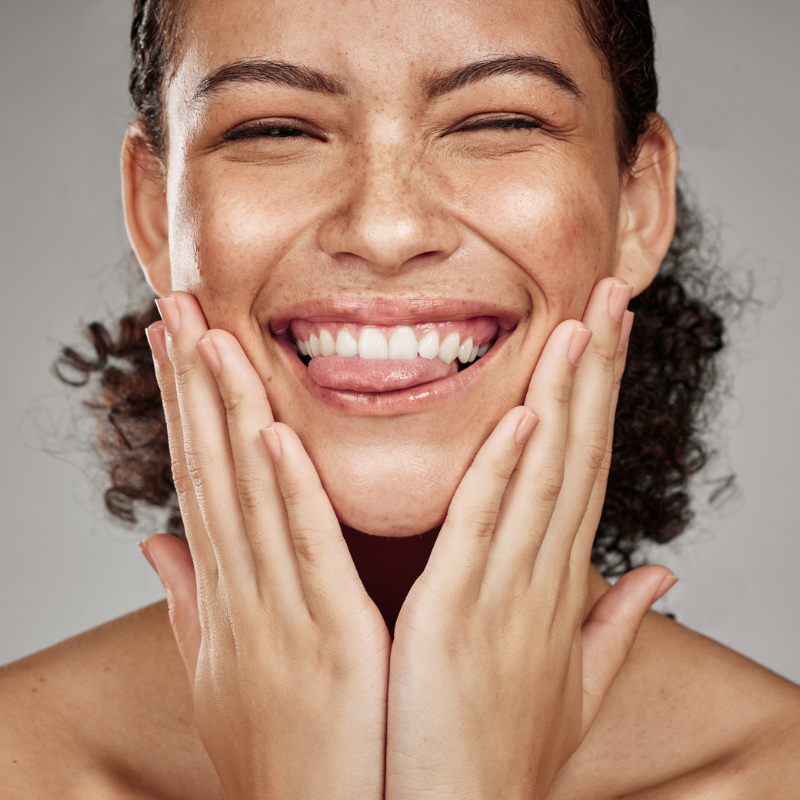Introduction
Ensuring the efficacy of cosmetic products is crucial to guarantee their performance and meet consumer expectations. Selecting the right testing method plays a vital role in validating product claims and ensuring safety. But how do you choose the most suitable testing method for cosmetic efficacy? This article explores the main testing methods, their benefits, and key factors to consider.
Why Test Cosmetic Efficacy?
Testing cosmetic efficacy is essential to:
- Validate marketing claims,
- Ensure product safety,
- Comply with regulatory standards,
- Improve product formulation based on results.
Main Methods for Testing Cosmetic Efficacy
1. In Vivo Testing
In vivo tests involve human volunteers and assess the product’s effect directly on the skin.
Advantages:
- Highly reliable and representative results,
- Direct observation of product effects.
Disadvantages:
- Expensive and time-consuming,
- Subject to strict ethical regulations.
2. In Vitro Testing
In vitro testing is conducted in laboratories using cells or tissue cultures to simulate the product’s effect without human subjects.
Advantages:
- Cost-effective,
- Faster results,
- Ethical and humane.
Disadvantages:
- Less representative than in vivo tests,
- May not fully replicate skin reactions.
3. Instrumental Testing
Instrumental methods use specialized devices such as corneometers, spectrophotometers, or colorimeters to quantitatively measure skin parameters like hydration, pigmentation, and texture.
Advantages:
- Objective, quantifiable data,
- Precise measurements.
Disadvantages:
- Requires specialized equipment,
- Data interpretation can be complex.
How to Choose the Right Testing Method for Your Cosmetic Product
Define Your Testing Objective
Clearly identify what you want to measure: hydration, anti-aging effects, sun protection, or others.
Consider the Product Type
The formulation type (cream, serum, makeup) influences the testing choice. For visible effects on the skin, in vivo testing is usually preferred.
Evaluate Budget and Timeline
Balance the costs and time constraints with the desired accuracy and regulatory requirements.
Conclusion
Choosing the right cosmetic efficacy testing method depends on your product goals, budget, and regulatory needs. Combining several testing approaches often provides the most comprehensive evaluation. Proper testing not only supports marketing claims but also builds consumer trust and product safety.
Speed up your testing projects on skinobs.com





